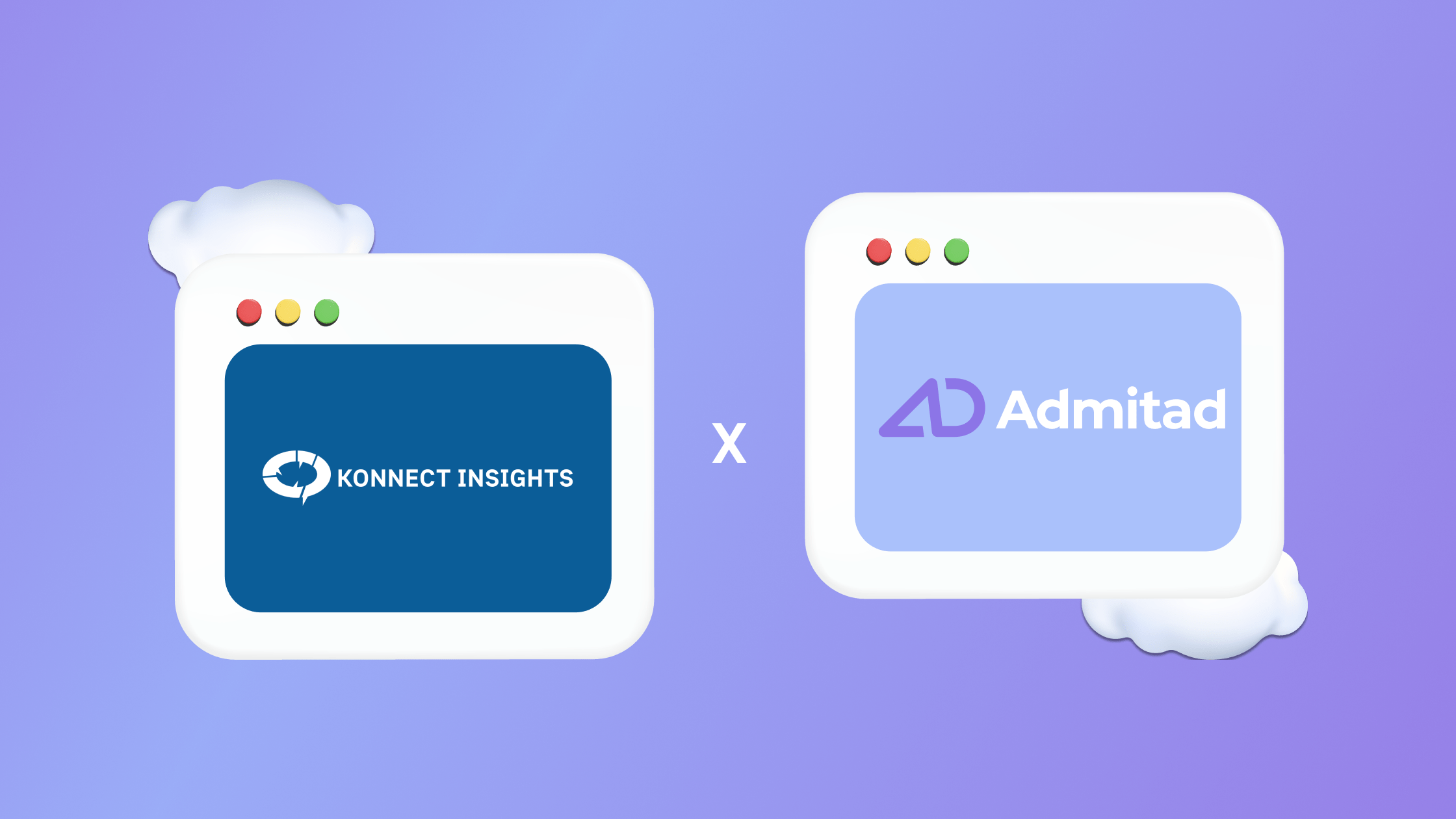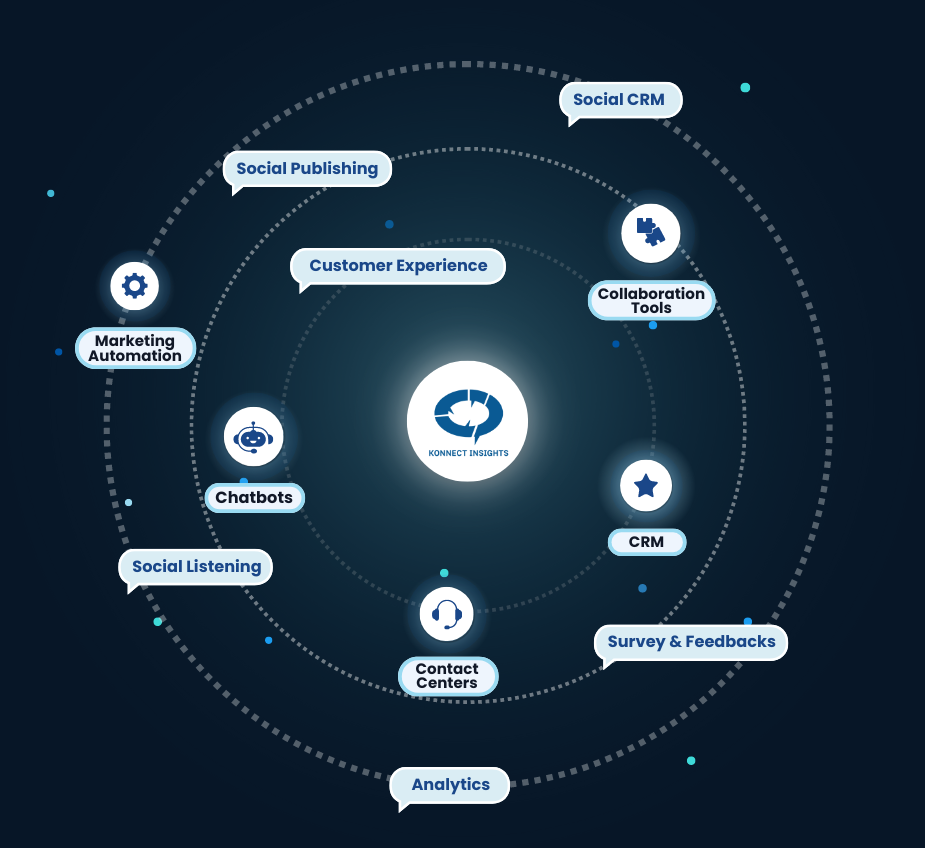Managing reputational risk is a critical concern for businesses in today’s digital age. With the rise of social media and online platforms, information spreads quickly, making it vital for companies to monitor and control their brand reputation. A strong brand reputation is crucial for attracting customers, retaining clients, and building trust with stakeholders. However, one negative incident or social media backlash can swiftly damage a company’s reputation. According to Gartner , 52% of SMBs use user reviews to buy software , reading at least ten reviews before deciding. 76% trust online reviews as much as referrals.
In this article, we will explore six effective ways to manage reputational risk. We will delve into strategies that leverage social technology solutions, such as social listening, community engagement, sentiment analysis, and more. By implementing these tactics, businesses can proactively monitor their brand perception, identify potential risks, and respond effectively to protect their reputation.
What Is Brand Reputation Analysis?

Brand reputation analysis involves monitoring and evaluating how a brand is perceived by its target audience and stakeholders. It entails gathering data from various sources to gain insights into customer sentiment, industry trends, competitors’ positioning, and media coverage. This analysis helps companies understand their strengths and weaknesses in terms of brand perception.
Brand reputation analysis is not limited to just online platforms but encompasses a holistic view of a company’s reputation across different touchpoints. By analyzing customer feedback on social media platforms like Twitter or Facebook through sentiment analysis tools or conducting surveys to gauge customer satisfaction levels, companies can gain valuable insights into how their brand is perceived.
Effective brand reputation analysis allows businesses to identify areas of improvement and take proactive measures to protect their reputation. It empowers them to address any negative sentiment promptly while leveraging positive feedback to strengthen their brand image further.
10 Ways To Analyze A Brand’s Reputation
Analyzing a brand’s reputation requires a multi-faceted approach that combines various tools and methodologies. Here are ten effective ways businesses can analyze their brand’s reputation:
Use Feedback & Satisfaction Surveys
Customer feedback and satisfaction surveys provide direct insights into customer perceptions and sentiments. By collecting data on customer experiences, businesses can identify areas for improvement and address any negative feedback promptly. Surveys help companies gauge customer satisfaction levels and make data-driven decisions to enhance their brand reputation.
Conduct Brand Perception Surveys
Brand perception surveys help businesses understand how their brand is perceived by customers, employees, and stakeholders. These surveys can uncover valuable insights into brand positioning, differentiation factors, and areas for improvement. By conducting regular brand perception surveys, companies can track changes in brand sentiment over time and take action to align their messaging with their desired image.
Use Social Media Sentiment Analysis
Social media sentiment analysis involves tracking and analyzing mentions of a brand on social media platforms to understand the sentiment surrounding the brand. By using natural language processing algorithms, businesses can determine whether the sentiment is positive, negative, or neutral. This analysis helps identify potential reputational risks and enables prompt response and mitigation.
Read Online Reviews & Ratings
Online reviews and ratings play a significant role in shaping a brand’s reputation. Monitoring review platforms like Yelp or Google Reviews allows businesses to gauge customer satisfaction levels, identify recurring issues, and address them proactively. By responding to both positive and negative reviews, companies demonstrate their commitment to customer satisfaction.
Track Media Coverage & Online Mentions
Monitoring media coverage across traditional outlets as well as online publications provides insights into how a company is portrayed in the public eye. Tracking online mentions allows businesses to respond promptly to any negative press or misinformation while leveraging positive coverage for reputation enhancement.
Assess Employee Satisfaction & Engagement
Employee satisfaction directly impacts a company’s reputation. Happy employees are more likely to advocate for their company and contribute positively to its image. Regular employee engagement surveys help measure job satisfaction levels, highlight areas for improvement in internal processes or culture, and foster positive employee experiences that reflect positively on the brand.
Conduct Competitive Analysis
Analyzing competitors’ reputation strategies and monitoring their brand perception can provide valuable insights into industry trends and potential risks. By understanding how competitors are perceived, businesses can identify competitive advantages, differentiate their brand, and proactively respond to any challenges in the market.
Monitor Social Media Engagement

Monitoring social media engagement metrics such as likes, comments, shares, and followers provides an indication of how a brand is resonating with its target audience. Engaging with followers by responding to comments or messages helps build a positive brand image and fosters a sense of trust and authenticity.
Check Website Traffic For Brand Awareness
Website traffic analysis is an essential aspect of understanding brand awareness. By tracking website visits, bounce rates, and conversion rates, businesses can gain insights into the effectiveness of their marketing efforts and the overall reach of their brand.
Conclusion
Managing reputational risk requires a proactive approach that leverages social technology solutions to monitor brand perception across various touchpoints. By utilizing feedback survey tools, sentiment analysis tools, media monitoring, employee engagement surveys, and competitive analysis, businesses can gain valuable insights to protect and enhance their reputation. Furthermore, tracking social media engagement and website traffic helps measure brand awareness and customer engagement levels. By implementing these six strategies effectively, companies can mitigate reputational risks before they have lasting negative impacts on their business.






























